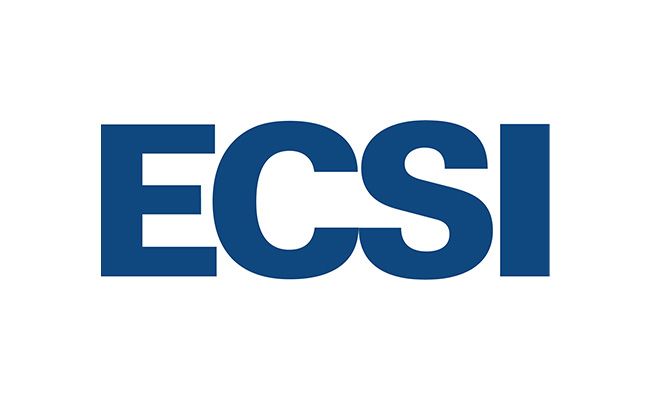Some facts about customer service channel preferences.
This is a time of unprecedented choices for consumers - Girl Scout cookies now come in 12 flavors, including two gluten-free options; there are over 200 Yankee Candle scents; and American Girl has introduced a little over 45 unique dolls over the years. Never mind all the options of cat food and cleaning products on grocery store shelves!
Consumers have been conditioned to expect businesses to offer them choices, and those expectations extend to how they interact with businesses when they seek support. Our benchmark consumer research found that 90% of consumers are more likely to consider doing business with a company that offers multiple ways to communicate. They want options, and with that come customer service channel preferences. Some consumers prefer self-service, while others want an agent to help them. Some love online chat, while others still like a good ol’ phone call. Self-service or agent-assisted, digital or traditional, there are options to satisfy most customer service channel preferences.
But short of implementing every possible support channel, organizations typically have to prioritize which channels they can offer, which means they can't fulfill 100% of all their customers' top customer service channel preferences. This makes it important for businesses to make informed, data-driven decisions about which channels to support.
While every business needs to cater to the unique characteristics of their specific customers, here is some information that represents a broad, cross-section of consumers. We surveyed over 2400 consumers and this is what we found out about their customer service channel preferences:
Agent-assisted methods are still preferred most
When it comes to getting their issues resolved, more people still prefer agent-assisted channels, like phone, chat, and email, over self-service options like mobile apps and company websites. However, preference for specific channels such as phone and email are down year-over-year, which may signal the growing preferences for self-service channels.
Phone support is still king, but for how long?
Phone support is still the channel with the highest preference score, but that score decreased four points year-over-year. Meanwhile, preference for chat increased, leaving only a ten- point difference between the two channels. Rounding out the top three most preferred channels is email.
The most preferred self-service channel is a company's website
It's probably no surprise that so many consumers prefer to use a company's website to resolve their own issues. What is somewhat surprising is how much customers prefer it over other self-service channels. When asked to choose their top three self-service customer service channel preferences, 45% of consumers selected website, while mobile apps and IVRs tied for a distant second at 18%.










